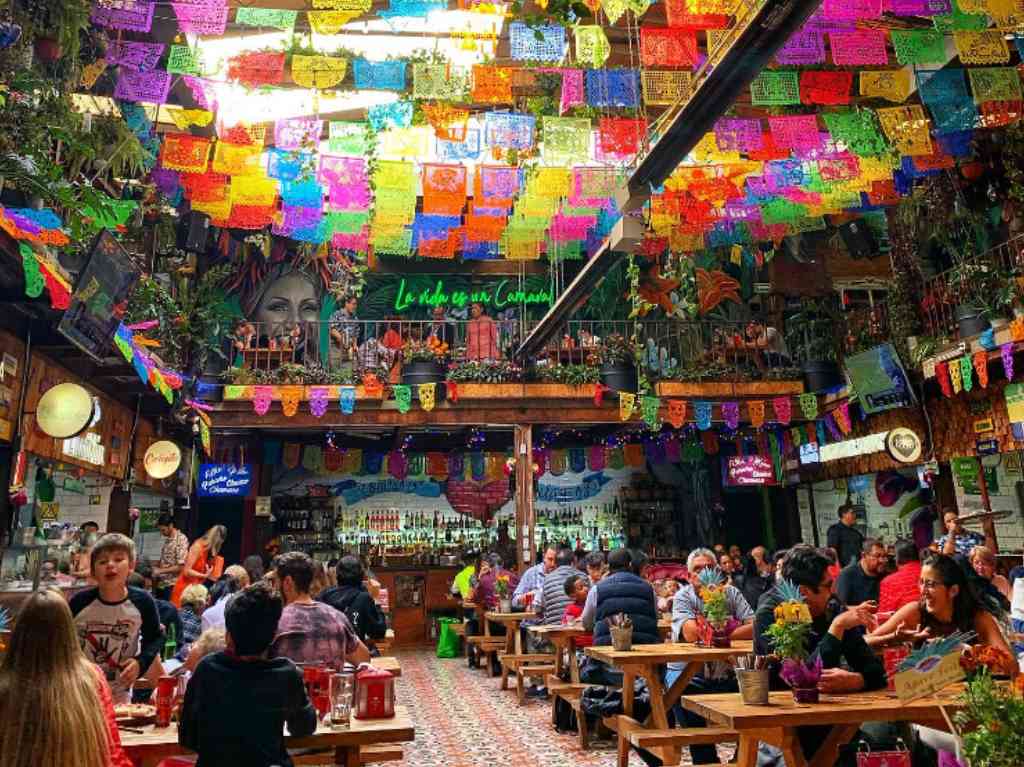For many travelers, gastronomy is a fundamental part of their adventures. Not only because of the excitement of discovering new flavors and culinary experiences but also because it makes your trips unforgettable. At Royal Holiday Club we know the importance of gastronomic trips because it is an element that helps us explore new cultures through different flavors, textures, and seasonings. This is why in this blog, and if you’re a Royal Holiday Club Member, we will give you some advice so you can find the best places to eat and take your palate to another level of pleasure.
-
USE APPS AND RECOMMENDATION PAGES

Nowadays, many digital tools can help you choose well-rated restaurants by tourists and locals. Some of the best platforms include:
- TripAdvisor: ideal for reading detailed reviews, seeing pictures, and consulting menus.
- Google Maps: not only does it show you nearby restaurants, but it also includes ratings, payment methods, business hours, and comments from users.
- Yelp: popular in the US, this app offers reviews and categorizes restaurants according to their cuisine type and service.
- The Fork: allows you to make reservations and find promotions in restaurants all around the world.
-
USE GOOGLE MAPS

Google Maps is one of the most practical digital tools to find restaurants during your trip. Here we will explain how to make the most out of it:
- Search by location: turn your phone’s GPS on or simply write “restaurants near me”. You can also search by the type of food you want (for example: “seafood in Cancun”.)
- Filter by rating: you can select only places with high ratings (for example, more than 4.5 stars.)
- Check photos and comments: many times, the photos shared by other clients will give you a realistic idea of the dishes and the quality of the place. If you’re traveling to Cancún, visit this 4 restaurants to enjoy.
- Consult hours and exact location: make sure the restaurant is open and close to your location before heading there.
-
ASK LOCALS

Frequently, the best restaurants are not in apps or popular lists. Asking locals is one of the best ways of discovering hidden jewels. Similarly, ask hotel employees., taxi drivers, or tour guides for their recommendations.
-
EXPLORE SOCIAL MEDIA

Instagram and TikTok are excellent platforms to discover restaurants with a good environment and attractive presentations. Search with hashtags like #Foodie or #BestRestaurants followed by the name of the city you’re visiting. Additionally, some travel influencers have detailed recommendations that can help you choose.
-
BOOK WITH ANTICIPATION

If you’re planning on visiting a famous restaurant we would recommend to book with anticipation. Platforms like OpenTable and Resy can help with that process, avoiding long waiting times.
-
TRY MARKETS AND LOCAL FOOD STANDS

Some of the best gastronomic experiences come from local markets and street food. Investigate what places have a good reputation and dare to try new things.
Traveling and gastronomy go hand in hand. With these tools and tips, you’ll be able to enjoy the best gastronomy in every destination you visit with Royal Holiday Club. Enjoy your meal and happy travels!

